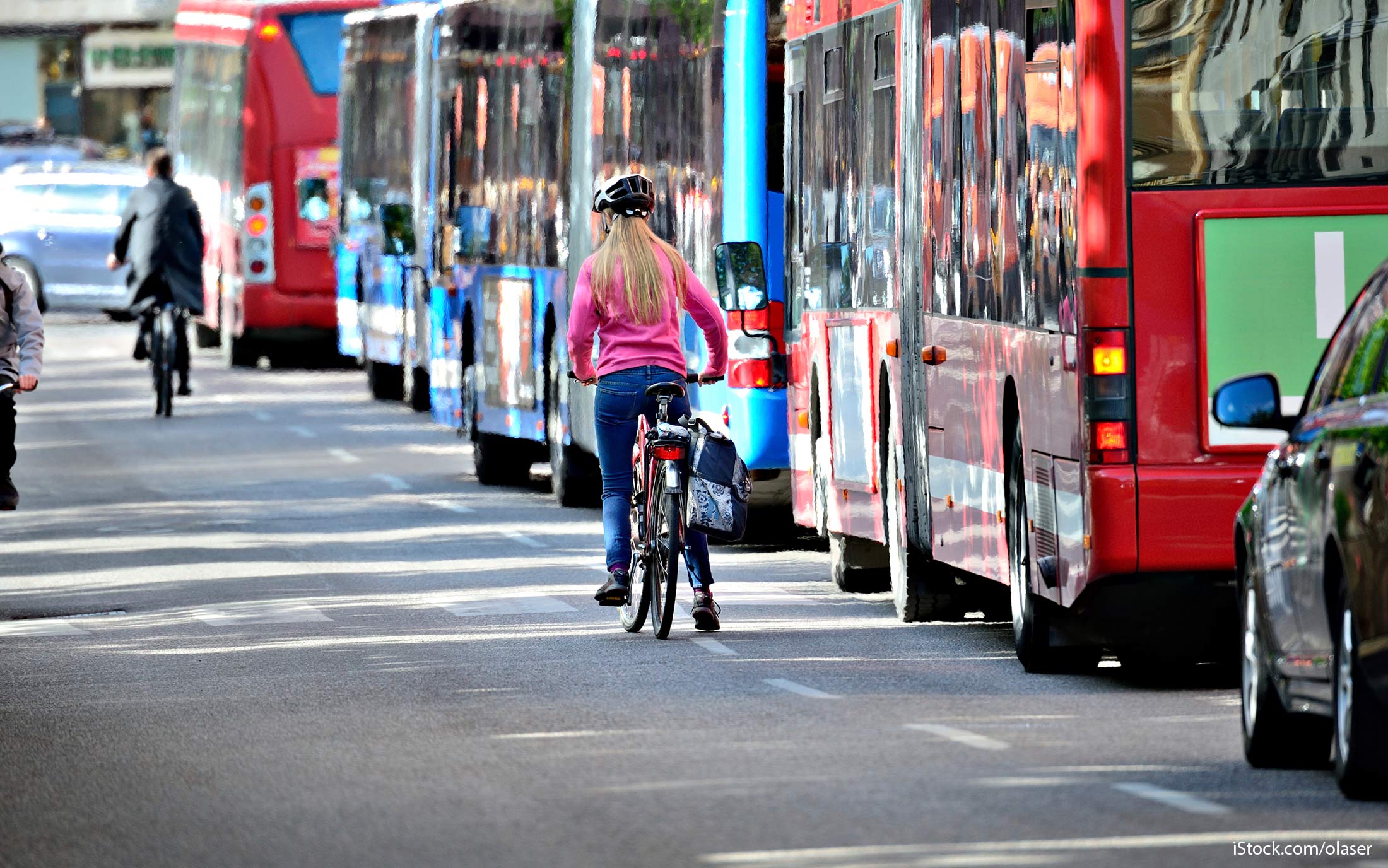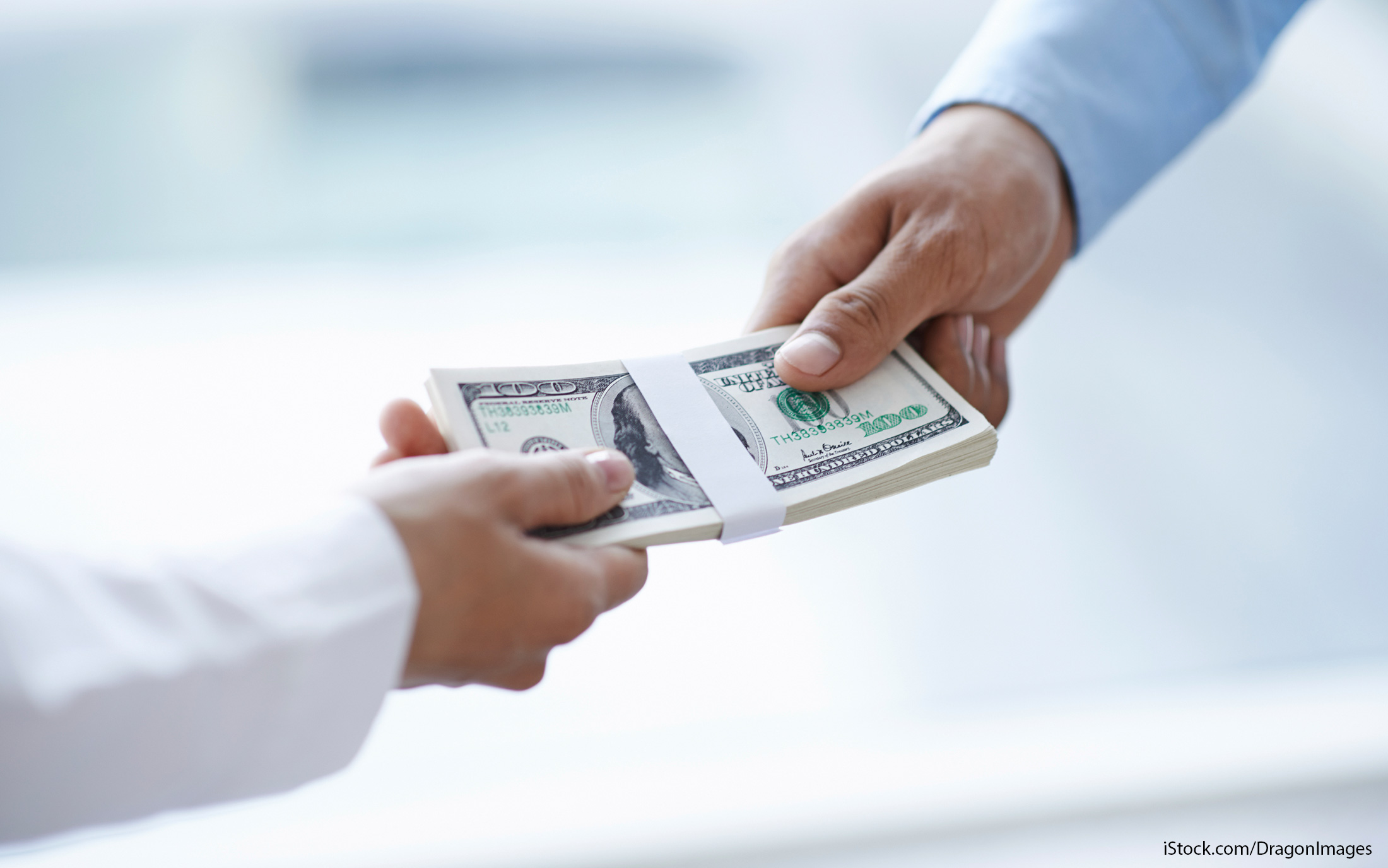Reprint: Gobankingrates.
It might sound like an oxymoron, but studies confirm that the cost of being poor is quite high.
“There are almost endless ways in which everyday life costs more if you are poor,” said Daniel Hatcher, University of Baltimore law professor and author of “The Poverty Industry: The Exploitation of America’s Most Vulnerable Citizens.”
According to the U.S. Census, 46 million Americans — 14.8 percent of the population — currently live below the poverty line. And many of them face serious financial hardships that are exacerbated by their low incomes. Impoverished Americans endure higher banking and check cashing fees, along with greater court costs. Additionally, they tend to pay more for groceries, as they don’t have the disposable income needed to buy in bulk. With most of their income devoted to housing, transportation and food, poor people have little money remaining for unplanned expenses and emergencies.
“It’s not just how much things cost, it’s the time,” said Randy Albelda, economics professor at the University of Massachusetts in Boston. “It takes three buses to get to work, or your car breaks down, and all those things take more time…. Middle income people buy time by purchasing healthy prepared foods or having someone clean their house. Without any extra time, it’s hard to get ahead.”
Here are eight ways it costs more to be poor.

1. Getting Paid
Collecting a paycheck can be costly when you’re living below the poverty line. According to the Federal Deposit Insurance Corporation, one in 13 households in the U.S. is completely unbanked — in other words, 9.6 million households have no bank accounts in which to deposit checks.
While some people choose not to keep their money in banks, many simply lack the funds to do so. In fact, nearly 60 percent of unbanked households say they don’t have enough money to maintain minimum balances. Additionally, 30 percent report high and unpredictable fees as hindering factors. According to a 2015 WalletHub survey, banking fees cost people who are cash strapped more — about $500 a year compared to $150 for a median-income consumer.
However, not having a checking account can be costly, too.
“If you are among the millions of people without bank accounts, you have to pay high fees at check-cashing stores and then more fees to pay bills with money orders,” Hatcher said. “If you are lucky enough to have a bank account, the banks charge you higher fees.”

2. Getting a Ticket
Traffic tickets aren’t fun for anyone, but they can be especially burdensome for those at the lower income levels. If you can’t afford to pay your ticket in full at the time it’s due, you might end up facing an even greater bill down the line.
Not only do ticket prices increase over time, but if the transgression was serious enough, the judge might issue a warrant for your arrest. According to an NPR survey, you could find yourself paying a host of fees, such as room and board costs for overnight jail and jury fees. In the long run, you could wind up with points on your license — triggering more expensive insurance costs — or even have your license revoked. A single unpaid traffic ticket could result in months of lost wages because you are unable to get to work.
The best way to minimize these consequences is to pay tickets as quickly as possible. While some cities have payment plans for parking tickets, individuals often have to go to court to settle moving violation disputes. Check the website of the jurisdiction where you received the ticket for information about your options.

3. Housing
Housing costs are major hurdles for low-income families.
The Bureau of Labor Statistics reports that housing is the largest expense for most Americans. While low-income families spend less on housing than their higher-income counterparts dollar for dollar, housing costs comprise a larger portion of poor people’s budgets.
A recent Pew Charitable Trust study found that households in the lower-third income tier spend less in absolute dollars (about $9,200 a year) than those in the middle or upper thirds (about $11,500 and $18,000, respectively). However, they spend far more on housing as a share of income — 40 percent compared to 25 percent for middle-income families and 17 percent for wealthier folks.
“When you don’t have savings to pay a security deposit and first-month rent (sometimes more), you might have to pay more expensive weekly rent at hotels,” Hatcher said.
To reduce costs, look into the housing assistance programs available from the U.S. Department of Housing and Urban Development.

4. Getting Around
Poor people spend a greater percentage of their paychecks on transportation than their wealthy counterparts. According to the Pew study, those in the bottom-third tier spend nearly 16 percent of their incomes on transportation, compared to 11 percent for the middle tier and just 8 percent for the top tier.
“People in urban areas are often not conveniently located near a bus or train route — in many cities they’ve been priced out of those areas — and if you’re not in a city, and you need a vehicle, that can be even more costly,” said Albelda.
Transportation issues could affect your ability to get to work or prevent you from landing a dream job. And even if you do have a car, you might pay more to insure it because of where you live, according to Albelda. Additionally, poor people are more likely to have longer commutes. One Harvard study suggests that longer commute times directly correlate with a lower possibility of moving up the social ladder.
To save money on transportation costs, consider switching car insurance plans, reducing your use of the car’s air conditioner or eliminating extra weight in the vehicle.

5. Borrowing Money
Just because you have a low credit score doesn’t mean you missed a payment or defaulted on a loan. It could simply be that you haven’t generated enough credit information to report to the three credit bureaus: Experian, Equifax and TransUnion.
To boost your score, you should consider applying for a secured credit card, according to Experian. Because you put the cash into the account upfront, you don’t have to worry about getting into debt trouble.

6. Eating Healthy
Poor people pay more for food and household goods.
A 2015 study on toilet paper buying habits by the University of Michigan’s Ross School of Business found that poor people often can’t afford to buy in bulk or take advantage of last-minute sales. As a result, they often pay a higher per-item cost.
Impoverished people also tend to live in areas where access to grocery stores, farmers markets and other healthy food providers is limited. Hence, they buy food from nearby corner stores, many of which feature limited selections and higher prices, or opt for fast food.
Additionally, food takes up a higher chunk of a low-income household’s budget. A CNN analysis of data from the Bureau of Labor Statistics showed that poor people spend 28 percent of their budgets on food, compared to 12 percent for the middle class and 7 percent for the rich.

7. Getting Medical Attention
Poor diets, coupled with regular financial struggles, can cause impoverished families to experience more stress. In some cases, this emotional turmoil leads to physical problems.
“All that ‘bad’ stress is not only associated with a weaker capacity to plan ahead, but also with a higher probability of [experiencing] a range of health conditions, from cardiovascular disease to weak immune systems,” said Carol Graham, a poverty and inequality researcher at the Brookings Institute. “Obviously, that could play into higher medical bills, especially for those with no insurance.”
According to a study in the Journal of the American Medical Association, the poor tend to have shorter lifespans — up to 15 years less for men. Signing up for a government-sponsored insurance program is a good way to protect your future while reducing long-term healthcare costs, and more people are signing up this year than last, according to the Centers for Disease Control and Prevention.
8. Recovering From Setbacks
Poor people are especially vulnerable to unexpected financial setbacks. According to Graham, these “negative shocks” often send someone who’s barely hanging on into a deeper spiral.
For example, if your car breaks down, and you can’t get to work, you might lose your job and thus your income. Similarly, if your child becomes ill, you might find yourself facing sky-high medical bills that cause you to fall behind on housing costs. On the other hand, higher-income individuals typically have paid time off and higher credit card limits to keep them afloat during times of hardship.
While the best way to combat these kinds of crises is to establish an emergency fund, this goal can be hard to achieve if financial conditions force you to live in the moment. Still, some government programs offer help for people in the lower income levels who are looking to save. Individual Development Accounts match savings for impoverished families, while SaveUSA — a pilot program available in certain cities — offers a matched savings account to low-income tax filers to capitalize on tax refunds.
